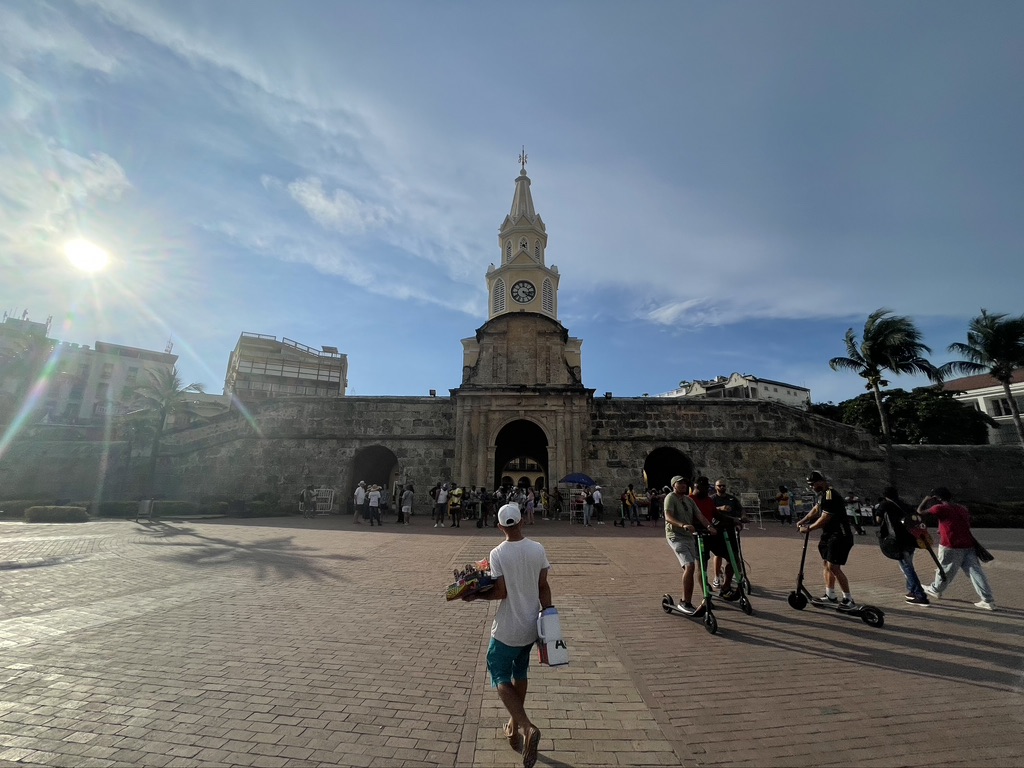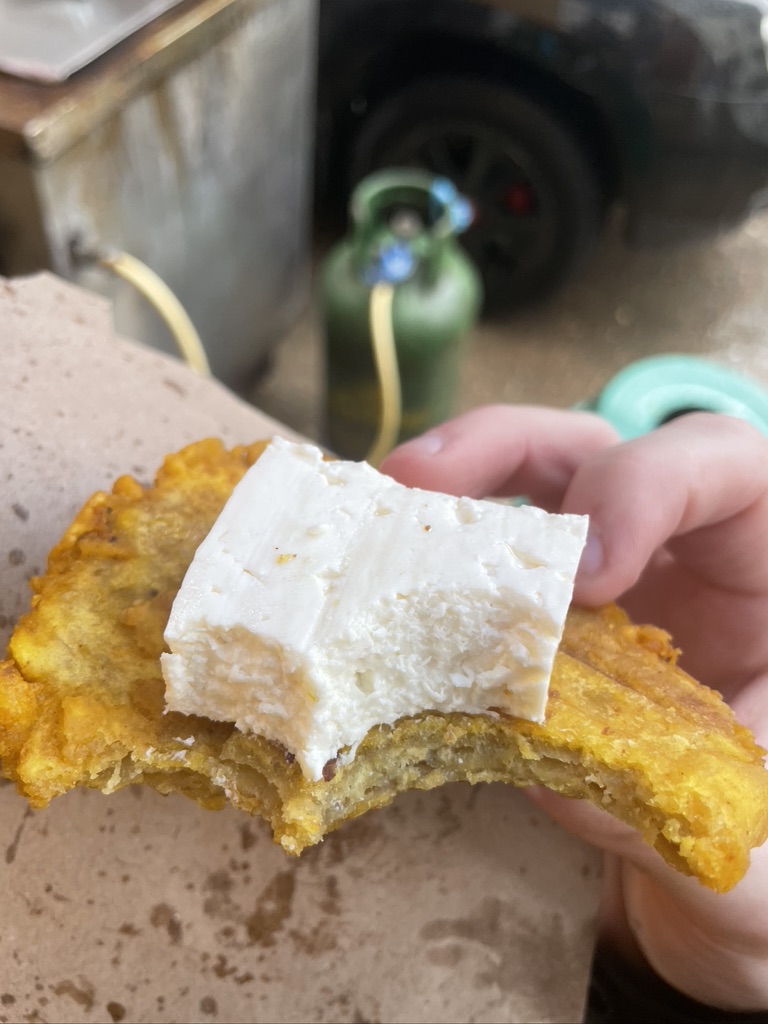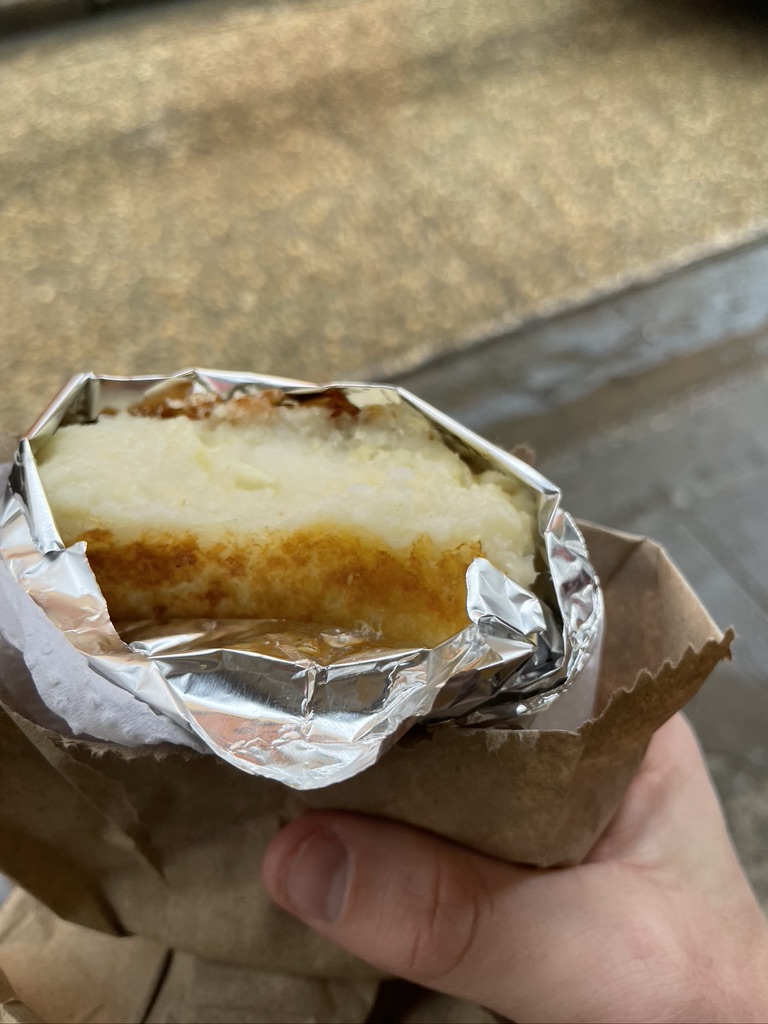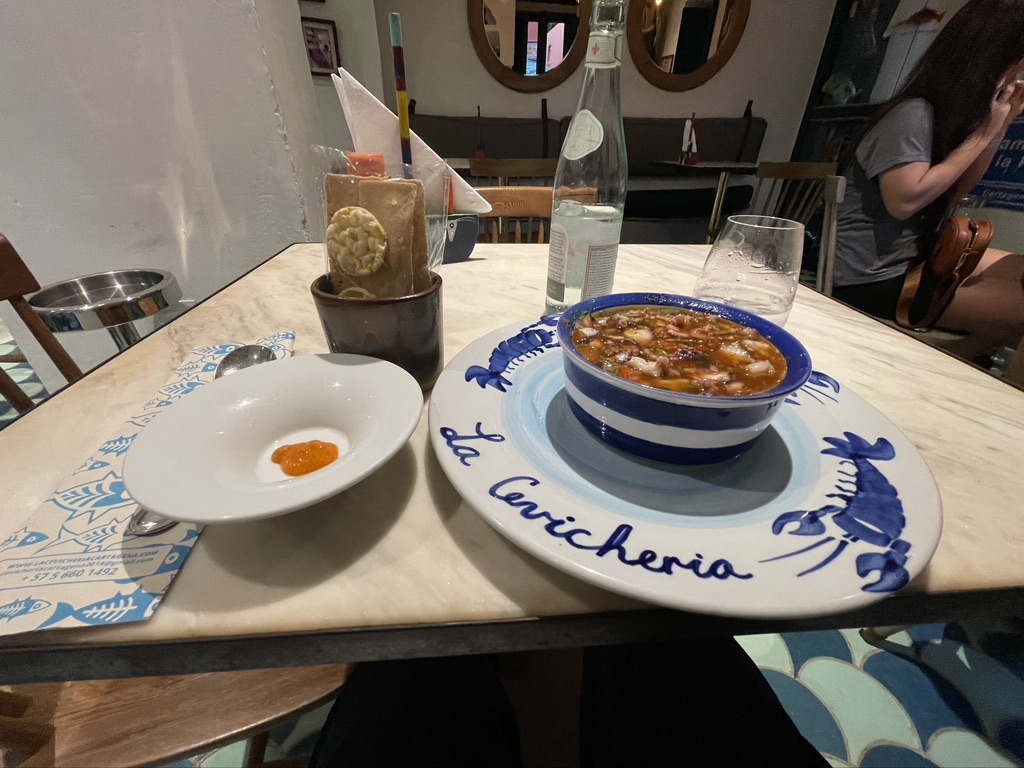After solo traveling the last six years almost exclusively, I have come up with a set of strategies of how to make the first day as enjoyable as possible. These strategies have worked great for me. They are by no means required to have a good time but I believe they have minimized the possibilities of having a ok or bad time. I am a strong advocate for planning ahead as much as possible. I know that’s not always possible but planning a first day can be done pretty quickly.
After ten or more hours on a plane, layovers that can last 7 hours, and occasionally sleeping on an airport floor, I have felt physically and mentally exhausted after landing. At times it’s easier to stay in my hostel or hotel and rest, but I would always prefer to go out right away and enjoy the destination. Once I analyzed what anxieties I had landing and the first day I developed these strategies to resolve those anxieties. Even though I’ve been all over the world by myself, I can still be nervous on my first day on landing, and I like to eliminate as many bad first-day surprises as I can.
- Know how you’re getting to your accommodation
Ideally, you already have a hostel or hotel recommendation, which means you have an address to go to.
Find out your options
Before getting on the plane, I look online to see what my options are to get to my accommodation. Some countries have uber, many countries in Asia have the Uber-alternative Grab, and some places may only have taxi options available. If you can find out what service you want to take, download the application ahead of time, enter in your payment information before you leave baggage claim, you’re going to be in a great spot.
The most convenient option is arranging a private transfer ahead of time. I’ve done this a couple times in certain circumstances. Specifically, in the instances where I’m landing at night, have spent more than twenty hours traveling, and am in a less developed area, I have found I am happy to spend a little extra on a pre-planned shuttle. It is a nice feeling to know that I have already paid for a ride waiting for me outside of immigration after being on a flight for 14 hours, following a seven hour layover, following a five hour flight from my home base. While the cost may be multiple times another option such as a bus or a tax, the total cost difference is not that much depending on where you are in the world, and the few times I’ve used it as been well worth it.
Find out what scams you may face
Depending on where you land, there are going to be different people telling you various lies in order to get your business. Immediately after passing through immigration, I’ve had people tell me that there is no Uber at the airport and I have to take one of their taxis. Having researched ahead of time, I knew that I could find the uber pickup spot if I walked fifty more feet, gone outside, and taken a right turn. If I had gone with the taxi driver who was very sure of himself in assuring me I only had a few taxis to pick from and there was high demand so I should hire him immediately, I likely would not have even seen the Uber pickup spot, and would have been left with whatever I was going to be charged. In contrast, on one occasion a person offered to tell me how to find a spot at the train station and after asking him a very simple right or left question, he cornered me until I paid him way more money than the direction was worth.
Make sure you know the taxi policies
Whether the taxi uses a meter or it’s better to negotiate with the taxi ahead of time can make a huge difference. Generally, most recommendations online say to always ask for the meter on. This recommendation can be location specific. It is easy to find out what a good price is and not be eased into paying more than you have to.
Always agree to a price with the taxi ahead of time. This is a very easy mistake to make that some experienced travelers will forget to do because they are distracted by something else going on. If you agree to a price ahead of time, you’re likely going to be in a much better financial spot than if you are negotiating with a cab driver after the cab driver has already rendered their service.
I almost always prefer a rideshare option. I could be wrong and my mind could be changed, but I think it’s the best option when available. One of the reasons I prefer Uber, Lyft, Grab, or any other rideshare app is that I can see the price that I will pay, can pay on my credit card, can follow along with where the driver is going as the drive is going on, can share my ride info with someone else (like one time in Mexico where things seemed a little suspicious), and know there is some vetting of the driver ahead of time. Some people really enjoy haggling and negotiating. I am not one of them. In some places one can find themselves spending minutes arguing over what comes out to a fifty-cent difference. In my opinion, that’s not enjoyable nor is it a good use of time and I’d rather skip it entirely.

- Know how and where you’re going to get currency
Getting money ahead of time
In an ideal world you are able to get the national currency ahead of time at a favorable rate. AAA offers this service. Without an immediate need for money you will not find yourself in a spot where you are taking a terrible rate out of necessity. Generally, whenever you are in a position you have to do something you only have bad options. I try to minimize the number of times I can be stuck with having to do something.
Avoid airports exchanges if possible
Airport currency exchanges are typically some of the worst exchange rates you will see. The high rate is essentially a convenience fee. The excess fees to exchange money can be very easy to avoid if you plan ahead.
Find ATMs ahead of time
Some banks will have information on the best ATMs to use in each area; the ones with the best rates for the bank. It is possible to look up the best ATMs for your bank, find which ATMs are closest to your accommodation, and save the location on your Google Maps app. Your accommodation, if it’s a hostel or hotel, can also tell you what ATMs have the best rates. Sometimes an ATM on one side of the street has a much better rate than an ATM on the other side.

- Have an idea of what you’re going to do upon landing
This is the most important factor for me. The answer to any problem is action. Some of the best arrival days I’ve had were ones that I already had a plan for. With something in place, it forces me to get out of my hotel instead of spending too much time resting. On a few occasions this has meant that I know a place to go to, a park to visit, a restaurant to go to, a tour to go on, or a friend to meet with.
My favorite option is to pick a restaurant to go to or a food tour. I am always hungry after a flight and having a place to eat already picked up solves two problems at once. I get something to eat and I get out of my hotel, which is easy to spend a lot of time in after traveling. At the restaurant I can also collect my thoughts, do some planning, and walk around to get to the restaurant.
Depending on your budget and location, a food tour can be affordable or a premium priced product. I think the pros outweigh the cons so long as it is in your budget.
First, when I’m traveling alone I like the opportunity to meet other people sooner than later. I have made a few friends from food tours that I spent time with on my stay in a city and a few years later have crossed paths with them again. Second, you will eat a variety of great, local food, which is the whole point of doing a food tour. Third, the guide is a great source of information. On many food tours the guides have given out a list of other foods to try, bars and restaurants to go to, and can give more recommendations based on interests and price points.
One example is when I landed in Cartagena I knew I wanted to go to the restaurant La Cevichería. I decided to go there my first day so that I didn’t spend extra time trying to think of what I wanted to do. I walked around after, took photos, became more familiar with the place, and met some people. There’s a fine balance between a packed itinerary and winging it, but I think having an itinerary for day 1 is great.
Another example is when arriving in Madrid I knew I wanted to go to the Prado Museum and I bought tickets ahead of time. Having been to Madrid before, I knew of a bakery I wanted to go to near the hotel. Even though I was very tired when I landed and got to my hotel, I had a plan of what I wanted to do. I could enjoy my plan without making decisions the day of.
My last example is an upcoming trip. I’m going to Pamplona in Summer 2025 and am writing this months before, but I already have a city tour planned for the day of my arrival after a 4 hour train ride from Madrid. When I get to Pamplona I’ll learn more about the town, find out good places to eat, and fun things to do.

Conclusion
If I plan out how to get to my accommodations, know how to get currency, and have something already planned for when I land, I am almost always assured an arrival day that is a fun experience and leaves me happy at the end of my first day on vacation. It can really set the tone for the rest of the trip.

